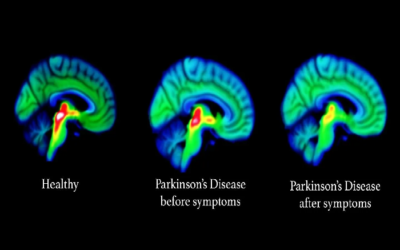
I have recently been reflecting on issues that I think affect all of us. Prior to COVID and now as we move past the effects of COVID, I have noticed some common things about our society and about myself.
First off, I feel there is a certain amount of anger and frustration all around me that also influences how I cope with the world. Traffic is a bear! It is hard to get glares at the restaurant, grocery store, and out in public from judgmental people whether I am wearing a mask or not. I am so glad to be out in public I just want to see smiles – but that does not happen much. I notice people do not even say hello anymore.
Secondly, I personally have a tough time being motivated. It is so much easier to wake up in the morning and just roll over and go back asleep or hit the snooze button several times. What am I doing? I know that when I do roll out of bed and move around a bit, I always feel better. I am just delaying the inevitable, it is just so easy to procrastinate. I never used to be like that, but I find that more people I talk to feel the same way.
So, since October is National Chiropractic Month, and the American Chiropractic Association has declared that the theme for this year is movement, I want to express a few thoughts. While it is obvious that your feelings can influence your movement, it is not so obvious that your movement can impact your feelings, too. For example, when you feel tired and sad, you may move more slowly. When you feel anxious, you may either rush around or become completely paralyzed. But recent studies show that the connection between your brain and your body is a “two-way street” and that means movement can change your brain, too! What a concept!
At some level I knew this to be true. I know that the body releases endorphins with exercise. I do not think that I connected the fact that my procrastination led to my lack of moving. I do not really know what came first but I do know that my body is achier when I lay around too much.
According to one Harvard study, “Your mind and body are intimately connected. And while your brain is the master control system for your body’s movement, the way you move can also affect the way you think and feel.”
Regular exercise has been shown to reduce anxiety by making the brains “fight or flight” system less reactive. Exercising and conditioning causes physiological changes, in the brain. The brain may fear changes such as rapid heart rate through aerobic exercise when actually it produces a tolerance for such symptoms. Exercising helps the brain adapt. Another study shows that regular exercise may boost your mood by producing brain proteins that help the nerve fibers grow
Meditative movement has been shown to alleviate depressive symptoms. This is a type of movement in which you pay close attention to your bodily sensations, position in space, and gut feelings (such as subtle changes in heart rate or breathing) as you move and even when you remain still.
For example, frequent yoga practice or meditation can reduce the severity of symptoms in post-traumatic stress disorder to the point that some people no longer meet the criteria for this diagnosis. Changing your posture, breathing, and rhythm can all change your brain, thereby reducing stress, depression, and anxiety, and leading to a feeling of well-being.
Movement therapies are often used as added treatments for depression and anxiety when mental effort, or psychotherapy, is not enough. When you are too exhausted to use thought control strategies such as focusing on the positive, or looking at the situation from another angle, movement can come to the rescue. By working out, going on a meditative walk by yourself, or going for a synchronized walk with someone, you may gain access to a “back door” to the mental changes that you desire without having to “psych yourself” into feeling better.
So, this month in celebration of National Chiropractic Health Month get up, move, meditate, and rejuvenate.
Remember
Your health is not a cost – it’s an investment.




